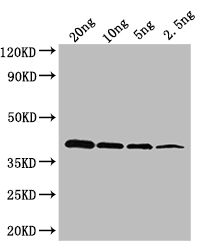Hydrogen peroxide sensor. Activates the expression of a regulon of hydrogen peroxide-inducible genes such as katG, gor, ahpC, ahpF, oxyS (a regulatory RNA), dps, fur and grxA. OxyR expression is negatively autoregulated by binding to a 43 bp region upstream of its own coding sequence. OxyR is inactivated by reduction of its essential disulfide bond by the product of GrxA, itself positively regulated by OxyR. Has also a positive regulatory effect on the production of surface proteins that control the colony morphology and auto-aggregation ability.







